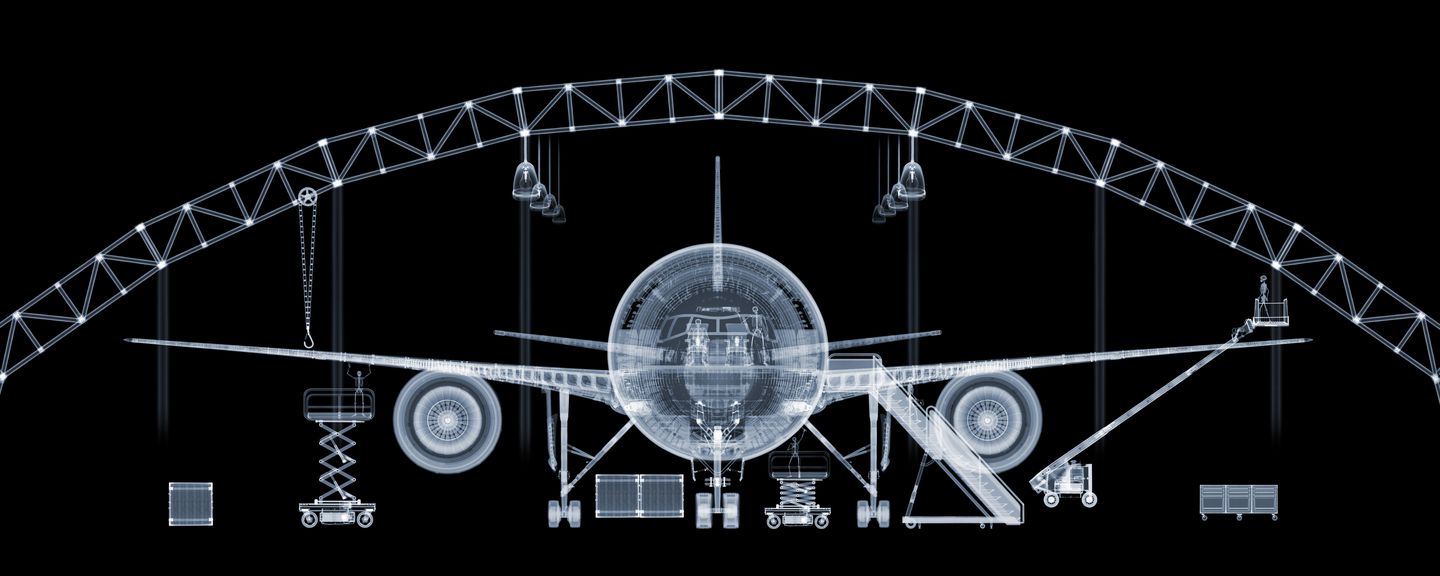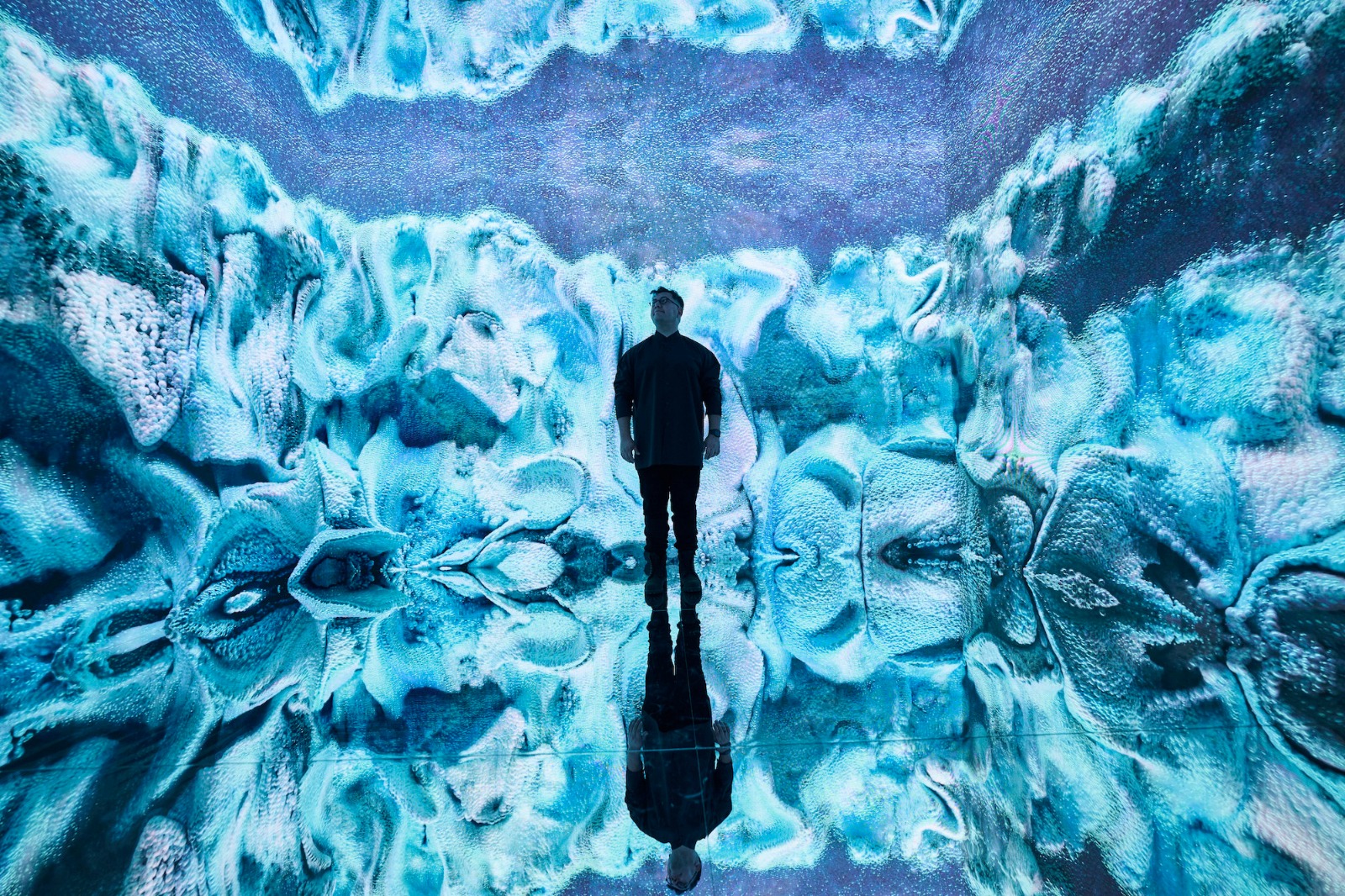How do you begin the creative process of translating your inner visions into art?
I start by clearing my mind and sitting in front of a blank white canvas. I focus on that emptiness for five minutes, almost meditating on it. Then, I light a cigarette and brew a coffee, and suddenly, hours pass without me realizing it. In that time, I begin to create my identity on that white space, carefully letting the painting evolve as my emotions pour into it.



You took a 30-year break from making art. How was life different without creativity, and what pushed you to get back into it?
Life was strange during those 30 years. It went through three phases:
1. Chasing money to survive,
2. Money chasing me when I had it,
3. Becoming a robot in a standard life with no joy. I stepped away from art to experience different walks of life. I worked in everything, from labor to international trade, always aiming to reach the peak of each profession. Once I had achieved success, I would leave and start over, experiencing both poverty and wealth. It was through these experiences that I gained a deeper understanding of the emotions that drive people.

In exploring your own journey of self-discovery, what recurring symbols or motifs have emerged in your work? How is your background and personal story shaping it?
White and black, or night and day, symbolize truth-not just for me but for all of us. When we are born, we’re in darkness and fear. But as we approach death, everything turns white, and we find peace. These colors have deeply affected my life, calming my stress and helping me face my fears.



What role does color play in your storytelling, and how do you decide on the palettes that best express your emotions?
My studio is located in a vibrant, dynamic neighborhood. When I paint, I open the window to listen to the sounds of the people. My 30 years of connecting with diverse communities shape how I percieve color, using their energy and emotions to guide me. Color becomes a reflection of these people’s lives.
Could you tell us more about your studio?
My studio is a small, intimate space that I specifically chose for solitude and reflection. I work alone, accompanied only by the subtle sounds of everyday life drifting in through my window—the voices and footsteps of people outside. It’s this gentle hum of human activity that keeps me connected to the world even when I’m deeply immersed in my creations.

Can you describe the philosophical themes that underpin your creative practice and guide your work?
The first theme I focus on is a self-discovery. I often find inspiration in crowded places as subways or buses, where l observe people. Without hearing their voices, I connect to their energy and expressions drawing insight that guides my artwork.
One of them is ‘Fragmented Harmony on a Bus.’ This painting emerged from observing different passengers during a single bus ride. I imagined each person absorbed in their inner worlds—one playing music in their mind, another dancing defiantly amidst life’s hardships, another weighed down by the sadness of the world, and yet another simply immersed in listening to a sorrowful song. Each individual’s inner melody created a unique harmony of human emotions within a shared space.
Another artwork inspired similarly is ‘Melody in Fragment.’ In this painting, I saw multiple distinct personalities all existing simultaneously within a single woman, representing how we all carry fragments of different identities and emotions inside us, particularly noticeable when quietly observing people in everyday situations.



Was there a particular experience or turning point in your life that dramatically reshaped your approach to art?
Yes, the death of my brother was a pivotal moment. Art became my refuge; it was the only thing that could calm my mind. Sometimes, even in my dreams, my brother would visit me, helping me find the right colors. I remember struggling with a painting one night, and in a dream, he guided me to certain colors. When I finished, I realized | had unknowingly painted Azrael, the Angel of Death.

Do you believe that art can be a catalyst for social or cultural change, and if so, how does your work engage with contemporary issues?
It’s difficult because, in today’s world, people often sacrifice their morals for money and power. Technology, too, has distanced art form its soul. My work is designed from multiple perspectives, with the aim of reaching different sections of society. By connecting on an emotional level, I hope to leave a lasting impact.


What do you hope viewers experience emotionally or intellectually when they engage with your artwork?
Since my work is crafted from different perspectives, I hope viewers connect with it in their own unique way. I find a great joy in hearing various interpretations of my art. For me, the deversity of reactions is a beautiful part of the creative process.

How do you negotiate the interplay between controlling your vision and allowing spontaneity to shape your creative outcomes?
When I paint, I completely immerse myself in the process.I step outside of my own thinking. This allows me to create within a flexible framework, so if I deviate from my original vision, I can still make the work meaningful. I welcome mistakes as part of the process, often discovering something new and valuable through them. Every hour, I reassess my painting to make sure it remains true to its essence, but also allow for creative play with limitations. Sometimes an unexpected mistake becomes the most exciting part of the final piece.

Oil on canvas, 50 x 70

Oil on canvas, 80 x 100

Oil on сanvas, 100 x 80
What challenges do you face when attempting to translate abstract, internal ideas into tangible, visual forms?
The main challenge is the technical limitations of my tools. Sometimes, the materials I use cannot capture the precise emotion or idea I wish to convey. This constant struggle between vision and technical constraints is a part of the artistic process.

What 3 paintings chacterise his work the most and why?
The three artworks that characterize my work most profoundly are ‘Power,’ ‘The First Prayer,’ and ‘Journey to the Unknown.’ Each holds a special place for me, primarily due to the deep emotional connection I feel toward them. Power represents my exploration of human strength and vulnerability, capturing an intense moment of realization. The First Prayer reflects my spiritual awakening and my intimate dialogue with existence. And Journey to the Unknown embodies my ongoing quest into life’s uncertainties, symbolizing courage in the face of ambiguity. Together, these paintings encapsulate the core themes and emotions that define my artistic journey.
Looking forward, how do you envision the evolution of art in our digital age, and what role do you see your work playing in that future?
While digital tools may offer technical support, they cannot replace the soul of art. No matter how advanced technology becomes, it cannot replicate the depth and feeling that traditional art conveys. Leonardo da Vinci, Raphael, and Botticelli, who created art 500 years ago, are still admired today. The works are timeless because they were infused with genuine emotion and spirit-something digital art can never replace.

Closing Reflection:
As I move forward, I see art continuing to evolve, but I believe that the core essence of art—its ability to convey human emotion-will remain unchanged. My work will always be a reflection of that emotional depth, regardless of the technological advancements around us.
For more information, visit https://www.zeeforia.com and follow the artist on Instagram @zeef_oria


